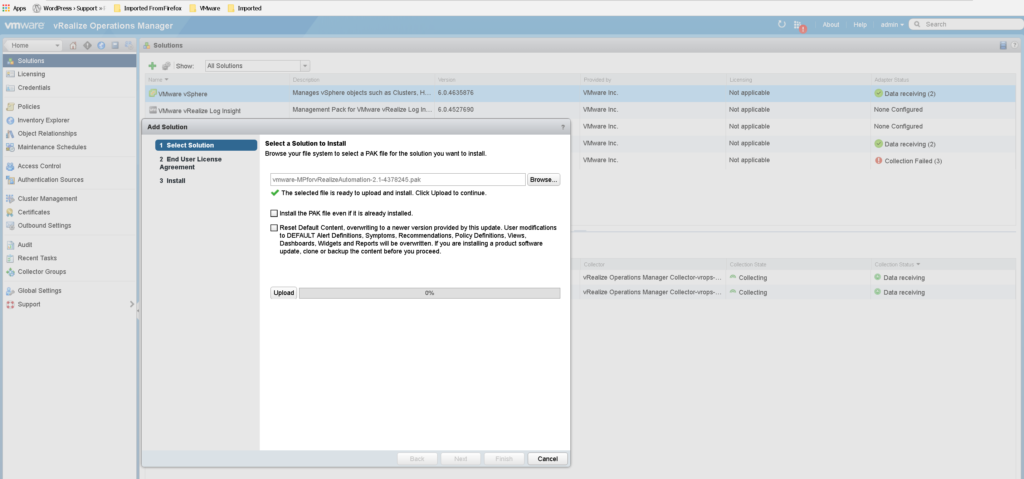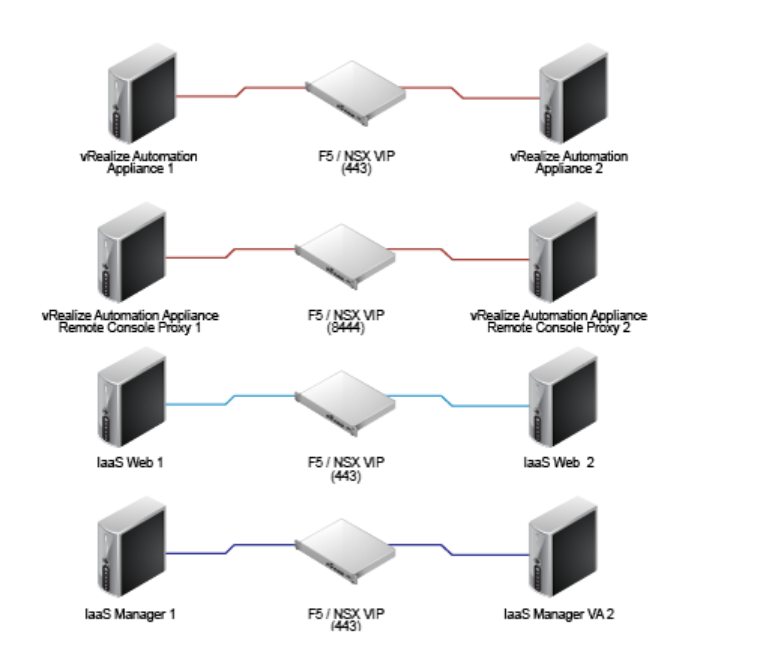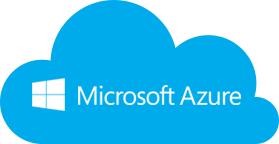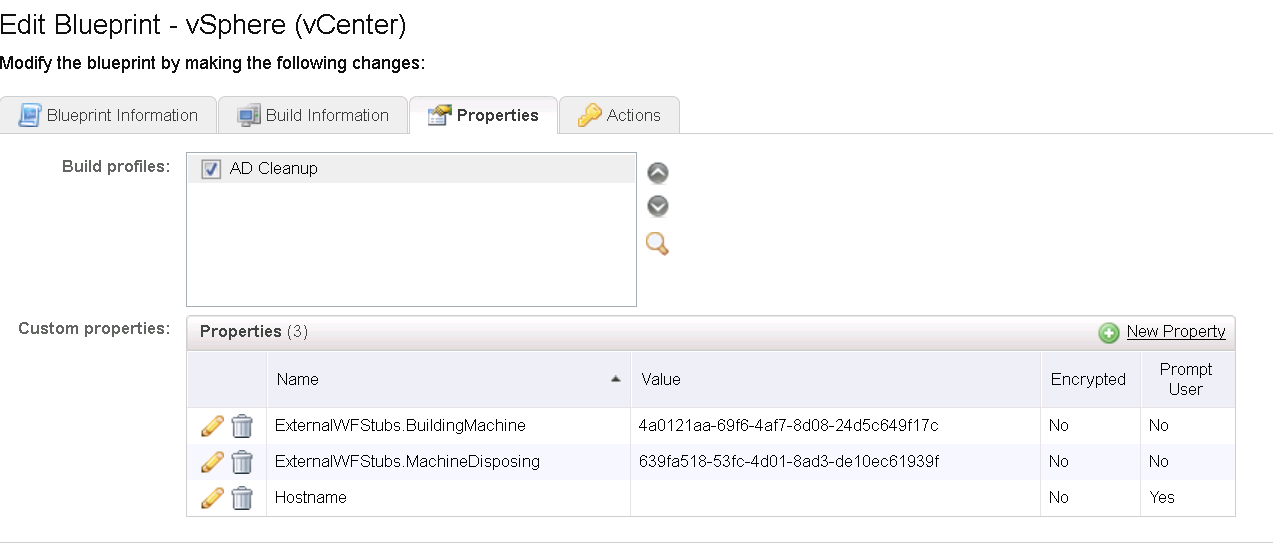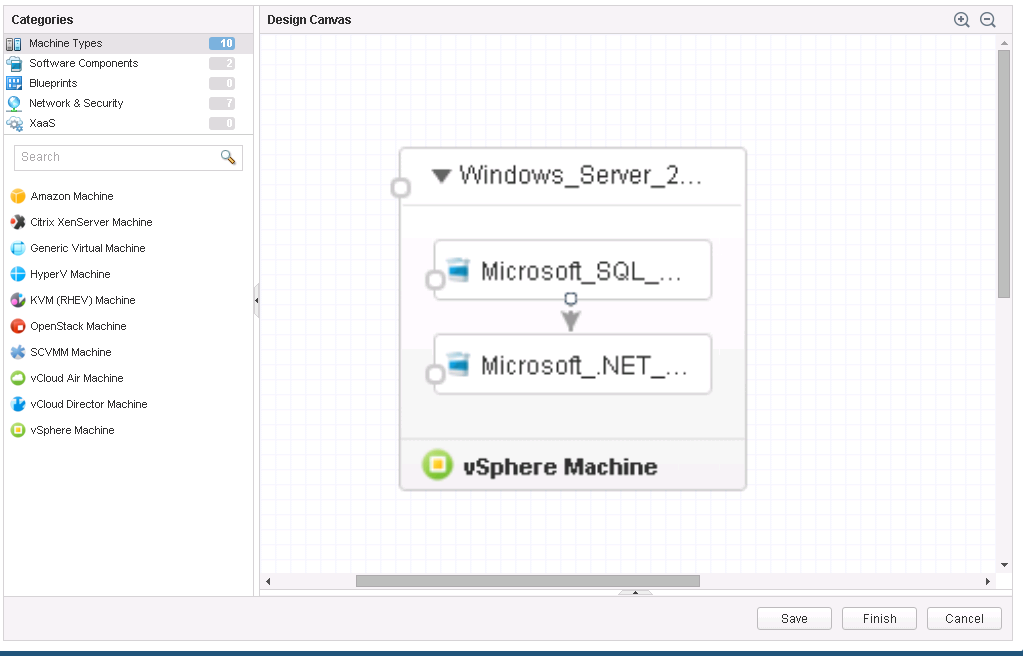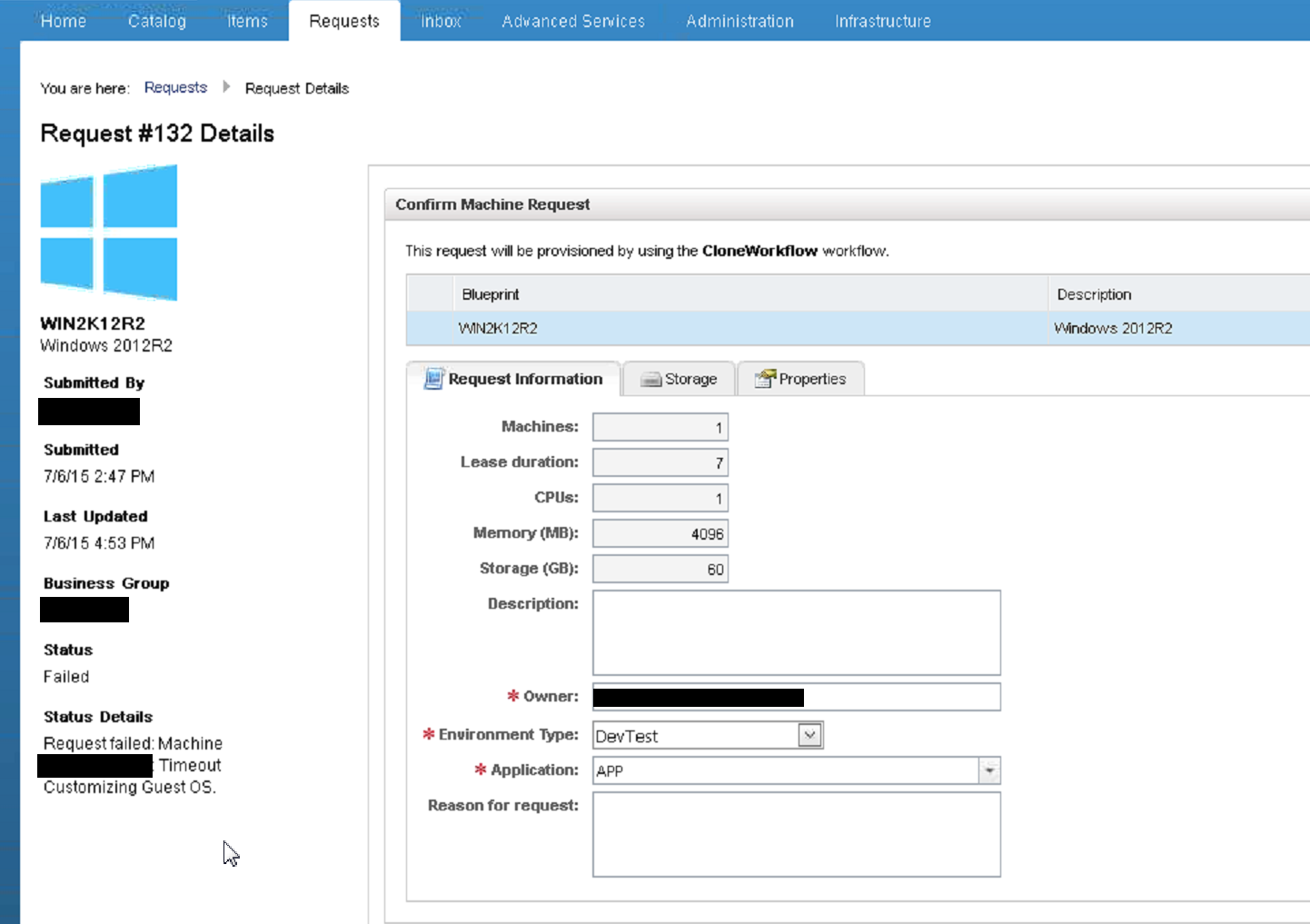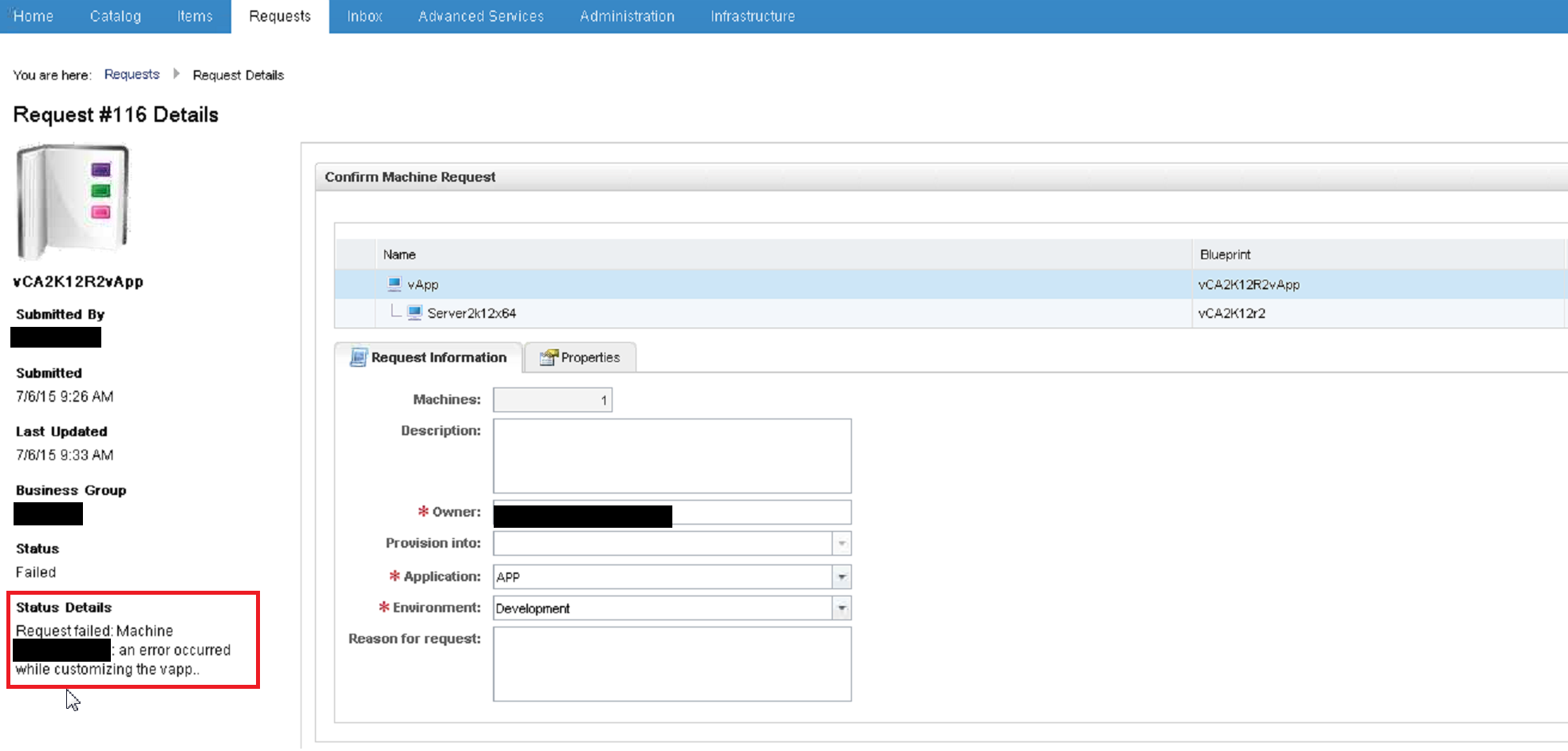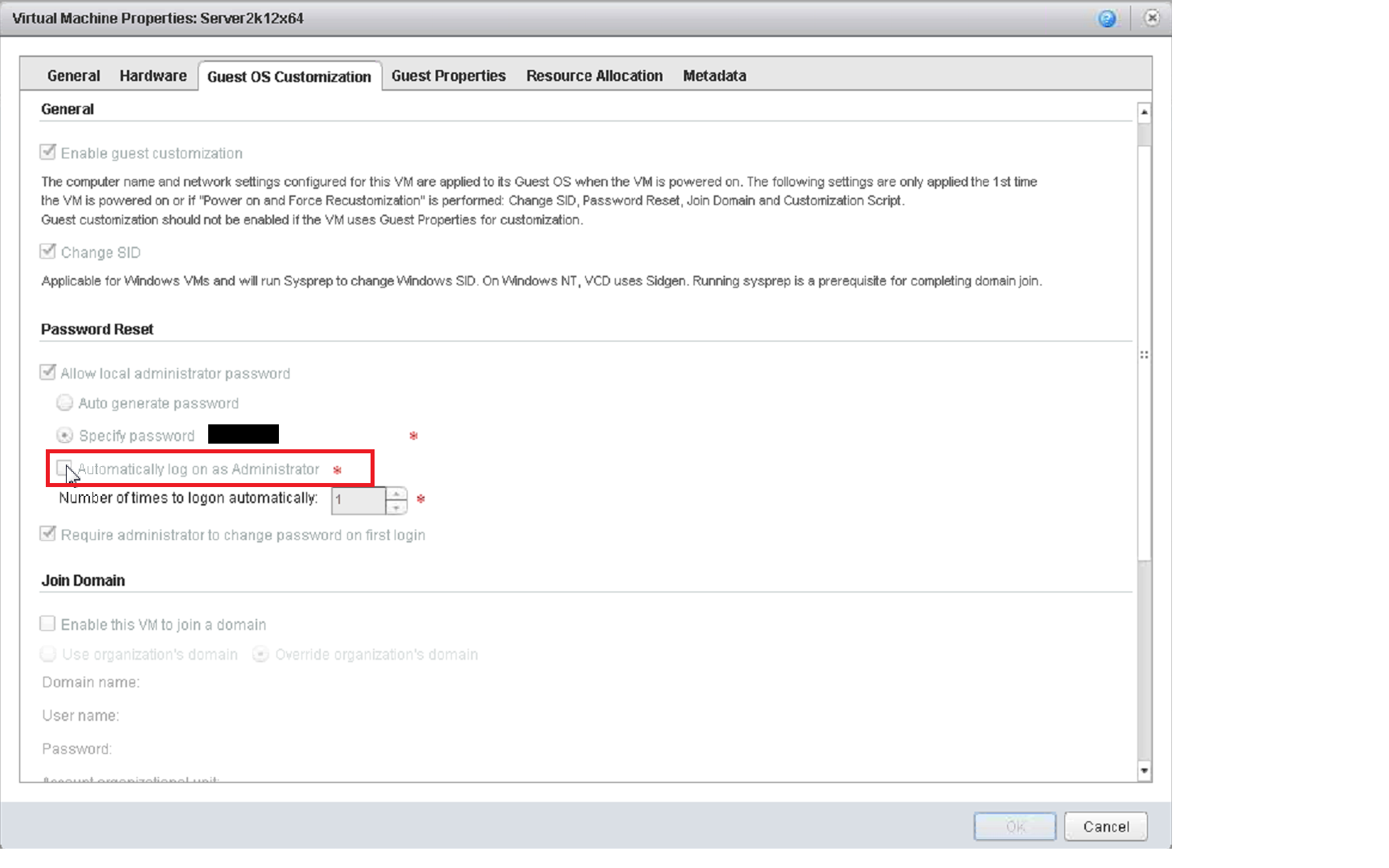vRealize Automation 7.3 has been released today with tons of new capabilities and features (>20 Spotlight Features). In this post, I will highlight several of these new enhancements to introduce you to what you can get by upgrading to vRA 7.3. I hope this will help you find out if the features you are looking for is a part of this release. I know many on my list and my customers lists have been addressed, but there is always room for more.
Below is few important links to check to learn more about vRealize Automation 7.3:
- Release notes: http://pubs.vmware.com/Release_Notes/en/vra/73/vrealize-automation-73-release-notes.html
- Support Matrix: https://www.vmware.com/pdf/vrealize-automation-6x7x-support-matrix.pdf
- Interop Matrix: http://partnerweb.vmware.com/comp_guide2/sim/interop_matrix.php
- VRA 7.3 documentation: https://www.vmware.com/support/pubs/vrealize-automation-pubs.html
vRealize Automation 7.3 new features:
Parameterized Blueprints to Enhance Reusability and Reduce Sprawl
- Introduced component profiles for defining both size and image attributes, enabling “T-shirt sizing” as a request item
- Component profiles provided for image and virtual machine size including CPU, memory, and storage size
- Efficiently manage blueprints by leveraging abstracted component profiles
- Increase reusability while significantly reducing blueprint sprawl
- Trigger approval policies on size or image conditions
- Import or export of component profiles using vRealize CloudClient
- Automatically substitute component profile values
In the past, I have seen the request for VMs “t-shirt sizing” coming up often.… Read More

